Was 2015 really the year of the wearable?
According to an International Data Corporation (IDC) report, wearables grew 173% this year. Nearly 72 million wearable devices shipped globally this year, up from just 26 million units in 2014
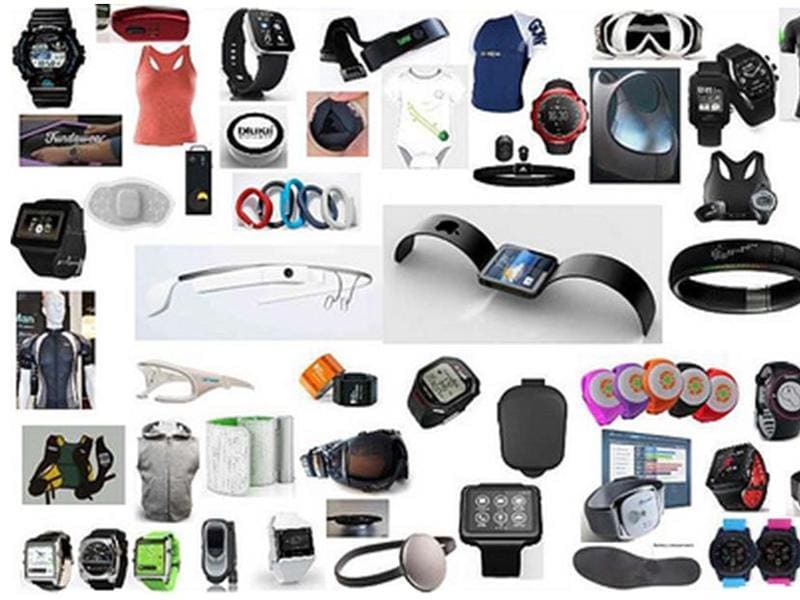
I need to lose weight. It's been a priority for months now, one that's been slipping down the list until I got my hands on a fitness band from Garmin that came in to review. This is it, I thought. Finally a device that will help me get back in shape without signing up for a pricey gym. I strapped the Garmin to my wrist and went about my days feeling futuristic and cutting-edge.
I'm not the only one jumping on the wearables bandwagon. Everywhere I look, I see a Fitbit on a wrist, a Xiaomi Mi Band on another. Some wrists even have Apple Watches, although they are rare. It seems like obese, diabetic India has suddenly woken up to healthy living, counting its calories, and strapping all sorts of wearables to its wrists.
According to an International Data Corporation (IDC) report, wearables grew 173% this year. Nearly 72 million wearable devices shipped globally this year, up from just 26 million units in 2014.
"The demand for basic wearables, those that do not run third-party apps, has been absolutely astounding," said Jitesh Ubrani, senior research analyst, worldwide mobile device trackers, at IDC."Vendors like Fitbit and Xiaomi have helped propel the market with their sub-$100 brands, and IDC expects this momentum will continue throughout 2015," he added.
All this can make you feel like everyone's buying these devices. A simple Google search unearths dozens of reports. This Accenture survey Digital Consumer Tech Survey of 2014 claimed that consumers in India are ranked the highest in buying wearables, although if you care to read the fine print, the survey was restricted to only urban centres, and the *worldwide* sample size was just 6,000 people.
So what's happening, really?
We're waking to to wearables — but just barely
Here are some numbers to crunch: 65% of India's population is yet to use a smartphone for the first time, let alone a wearable. IDC data shows that in the second quarter of 2015, nearly 26.5 million smartphones were shipped to India. The number of wearables in the same time period? That number is so small it's negligible.
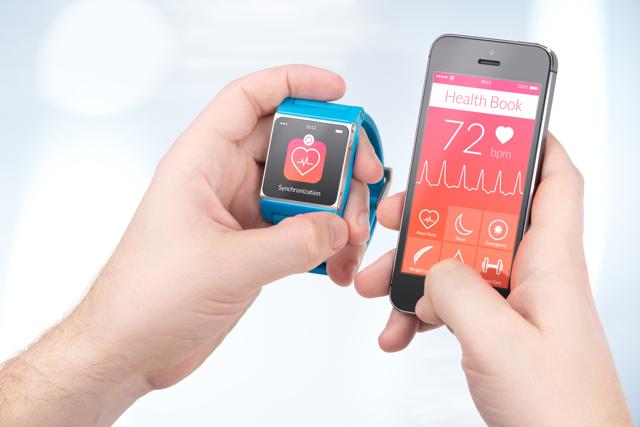

India's homegrown e-commerce giant Flipkart says that the country is just waking up to wearables.
"With rise in fitness craze and desire to stay connected 24X7, demand for products under Internet of Things (IOT) category is poised to increase by five times in next six months. In fact during our Big Billion Day sale we did 100 times of our average daily sales," says Adarsh Menon, Flipkart's vice president of electronics. "The Moto 360, the Alcatel smartwatch, the Samsung Gear Live, the Goqii Smartband and the Moov Now Smartband were the top selling items," he adds. Flipkart has almost 1,000 wearables from over 100 different brands for sale.
"I think India is still at a very nascent stage in terms of wearables or extended devices. The consumer still sees these devices as something they might want to buy and not as an essential commodity," says Amit Boni, Motorola's India head . "The challenge for us is to make these devices a necessary commodity. This is how the whole ecosystem will evolve," he said.
Explaining the explosive growth
While most industry experts admitted that the category was just warming up, they also tried to address the rationale behind the sudden growth in number of wearables. Menon said that consumers are now open to investing in products which will ensure their own or family's health and safety. And aggressive pricing is helping the evolution along.
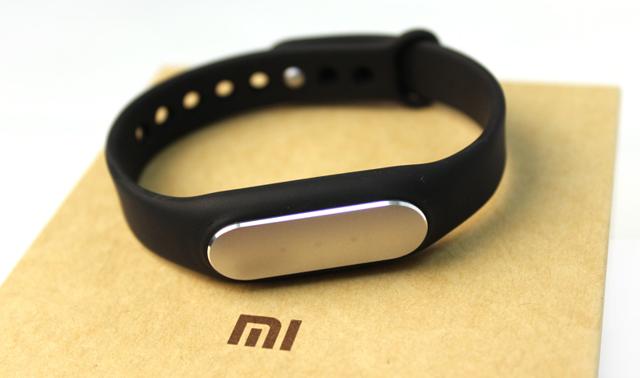

Xiaomi's Mi Band, for instance, costs just ₹ 999, well below Fitbit's products, which cost upwards of ₹ 5,000. Manu Jain, country head at Xiaomi India thinks that pricing is the most important factor when it comes to Indians adopting wearables. "Indians are becoming more health conscious and the percentage of this health conscious population will increase yearly. If you give people a good quality affordable band with great battery life, people will go for it," he says.
According to IDC, Xiaomi was the second largest wearables player before being taken over by Apple recently after the launch of the Apple Watch. But in terms of global shipments, Fitbit tops the list, followed by Apple, Xiaomi, Garmin and Samsung.
Deterrents in the country
Manu Jain's statements also goes to show that India still remains a price sensitive market at heart. People want more value out of inexpensive products. Chinese handset-manufacturer Coolpad also believes that the high prices of wearables are a deterrent in India.
"Wearable tech has a lot of potential depending upon the acceptance rate in the Indian market," says Syed Tajuddin, CEO of Coolpad India. "They were initially written offs due to its high price points, low penetration and feasibility, but the market has seen an upward swing with smartphone brands bundling their devices with wearables," he says, adding that India will emerge among the top five markets for wearables in the near future
Companies are also experimenting with device types and even business models. Vishal Gondal's Goqii, for instance sells subscriptions to a fitness service and offers the device itself for free.
"We built this model as we saw that lot of users were shelving their devices as nobody was there to push them harder or guide them towards their fitness goals," says Gondal.
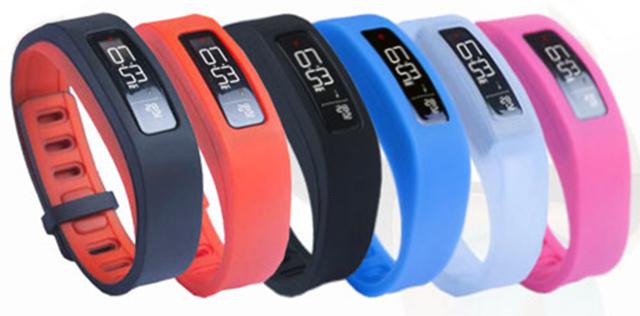

In addition, smartphone brands are also coming out with extended devices which will help them retain users. Companies are trying to offer smartwatches which can work as an extended device for their phones as well as replace the user's activity tracker. Samsung Gear S, Moto 360, LG Urbane and the Apple Watch fall under this category.
Flipkart's Menon also said that while smartbands are taking the Indian market by storm, demand for smartwatches are rapidly increasing. "We see are witnessing customers shifting from smartbands to smartwatches," he said.
Market research firm Gartner also agrees with Menon on the trend of consumers preferring more smartwatches than smartbands. According to its report, wearable electronic devices for fitness shipments are forecast to reach 68.1 million units in 2015, down from 70 million units in 2014.
"This temporary dip in sales will be driven by an overlap in functionalities between smart wristbands, other wearable fitness monitors and smartwatches. However, the market for smart wristbands and other fitness monitors will rebound in 2016 because of versatile designs and models with lower-cost displays," it said.
The rise of the Apple Watch
The story of wearables will be incomplete if we forget to talk about the Apple Watch which rose through ranks to become the second most popular wearable device within months of its launch, a feat acheived by Xiaomi alone before Apple.
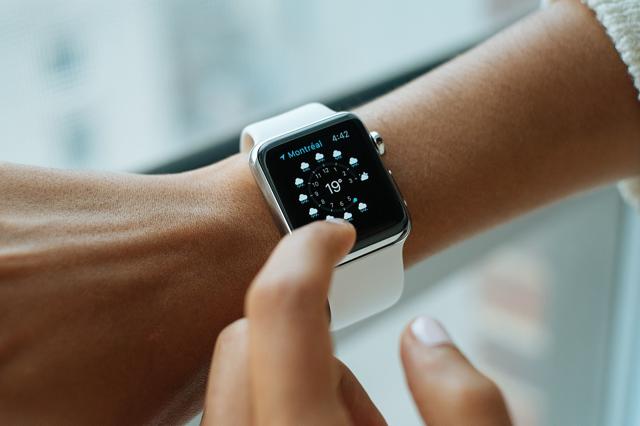 ₹ 30,000 makes it a tough buy for most Indians " title="Although the Apple watch might be held in high regard globally, its starting price of ₹ 30,000 makes it a tough buy for most Indians " class="lazyload">
₹ 30,000 makes it a tough buy for most Indians " title="Although the Apple watch might be held in high regard globally, its starting price of ₹ 30,000 makes it a tough buy for most Indians " class="lazyload">

In its first appearance in the wearables market, Apple finds itself within striking distance of the established market leader, Fitbit. Apple shipped 3.6 million units of the Watch in the second quarter of 2015, just 0.8 million units shy of Fitbit's 4.4 million, according to IDC.
"Any time Apple enters a new market, not only does it draw attention to itself, but to the market as a whole," noted Ramon Llamas, Research Manager for IDC's wearables team. "Its participation benefits multiple players and platforms within the wearables ecosystem, and ultimately drives total volumes higher. Apple also forces other vendors - especially those that have been part of this market for multiple quarters - to re-evaluate their products and experiences."
Although the Apple watch might be held in high regard globally, its starting price of ₹ 30,000 makes it a tough buy for most Indians.
So should you buy a wearable? That depends on your needs and usage. If you work out or are even moderately interested in fitness, yes, go ahead and get one. If you really want to go all in and get access to notifications, phone calls and email on your wrist, get a smartwatch (get an Apple Watch if you *really* want to splurge).
Be warned, though, that the wearable of 2016 will be even better. They'll track your fitness better and pack in more features while being less heavy on your wallet. We're just getting started here.
Catch all the Latest Tech News, Mobile News, Laptop News, Gaming news, Wearables News , How To News, also keep up with us on Whatsapp channel,Twitter, Facebook, Google News, and Instagram. For our latest videos, subscribe to our YouTube channel.































